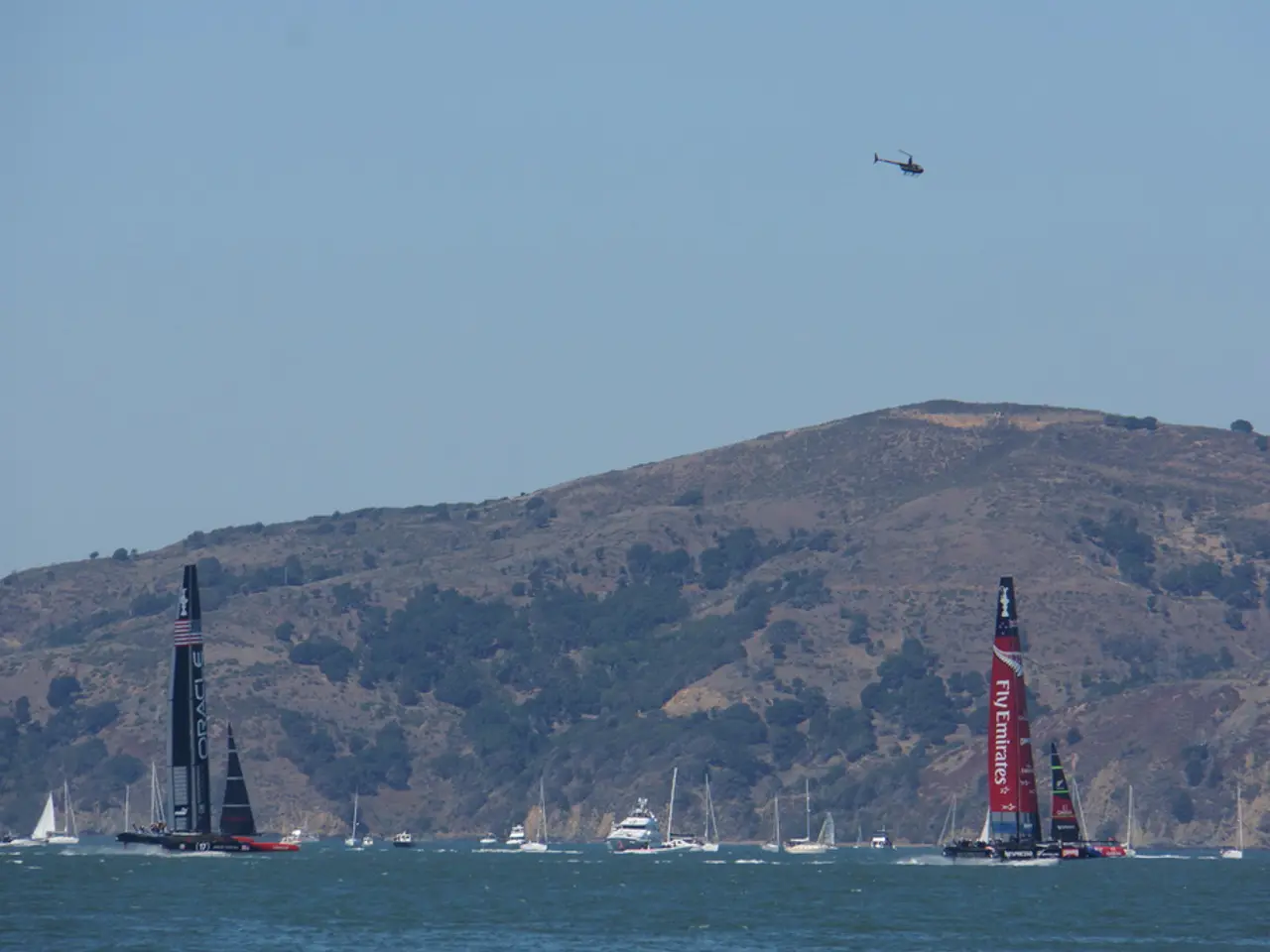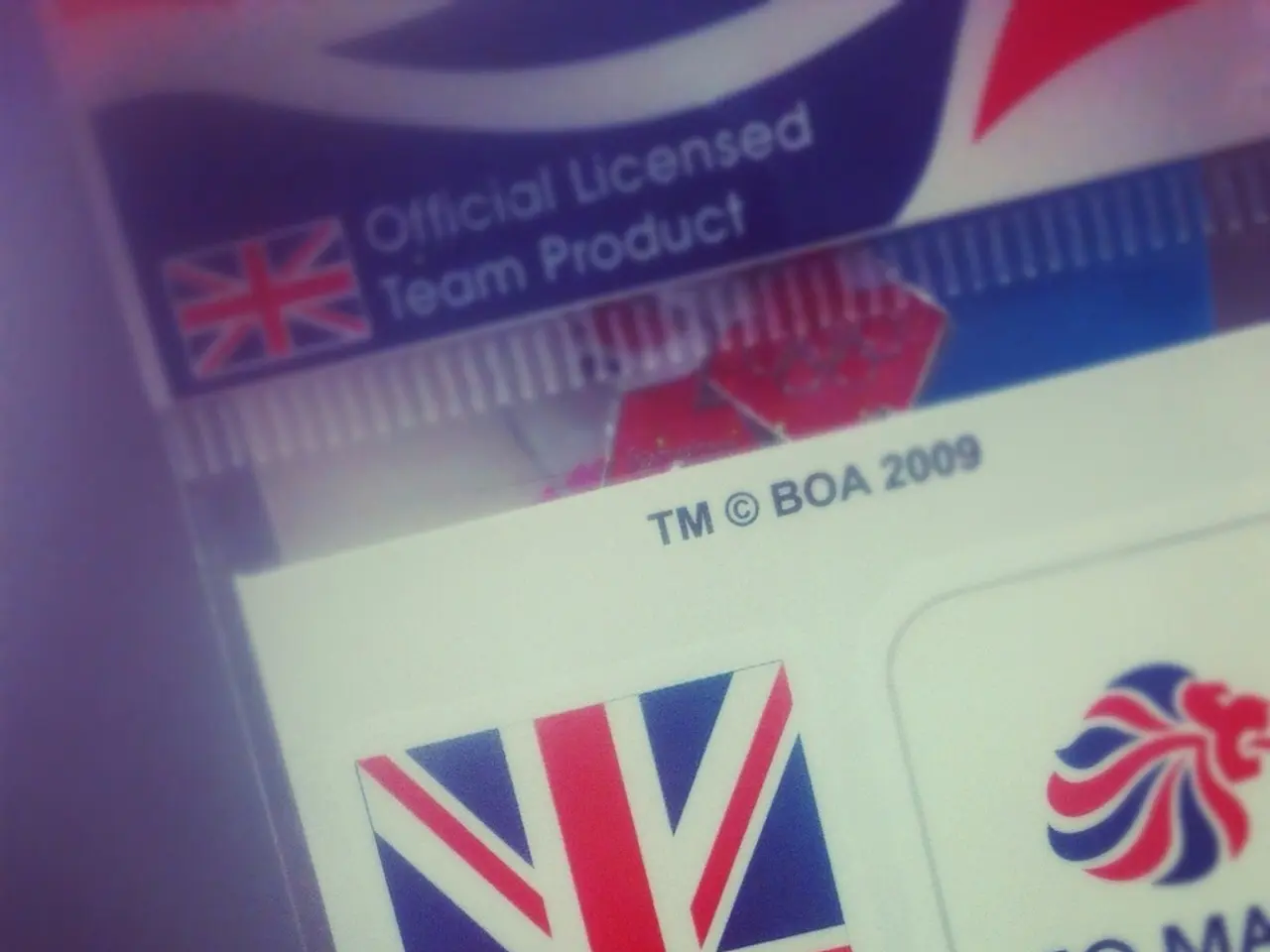2024's Supercon: Eliminating Hassles with Drone Extermination and Sonar Technology
Mosquito Elimination CDH (Close-Range Drone with High-Tech Sonar)? Here's a breakdown of Alex Toussaint's mind-blowing 2024 Superconference talk, which sheds light on a potential game-changer in the quest to annihilate those pesky mosquitoes.
Kicking things off, Alex shares his thoughts on automated drones and seamless obstacle avoidance. While a camera could do the trick, it'd be heavy and require costly computation. Alex leans towards ultrasonic range finding instead, but an array of ultrasonic range finders could be even more precise in locating small objects. This leads him down the rabbit hole of beamforming, and before you know it, he's built a prototype (we've covered it before, think back!). The DSP nitty-gritty of the prototype is worth a listen if you're into this kind of stuff.
Alex's big breakthrough comes in the form of shrinking down the ultrasonic receivers. Thanks to a clever hack using MEMS microphones designed for human hearing, he's able to combine 380 of these bad boys in a tightly packed array. The FPGA takes all the parallel data, crunches the numbers, and voila! You've got the LeSonar2, an open-source phased sonar array that's got lots of potential applications at the tweak of an algorithm.
Now, let's dive into the mosquito-killing part. Imagine a device that can pinpoint the location of mosquitoes in mid-air based on their unique micro-doppler return signature. Sound impossible? Not for Alex and his team. They're building these bad boys, and, get this—you can even DIY one if you're feeling adventurous.
So, how does it work? Well, mosquitoes have their own signature wingbeat rhythm, which the system uses to differentiate them from other insects. More specifically, wasps emit a wide-band doppler echo, while flies put out a tighter signal. Mosquitoes? Their signal is the tightest of all. If this technology can spot mosquitoes from a few meters away, without mistakenly targeting bees or other harmless insects, it could be a real game-changer in the war against mosquitoes.
Now, I couldn't find specific deets about the LeSonar2, but here's what I can gather from general principles. Phased sonar arrays use an array of antennas to transmit and receive signals, allowing for electronic scanning and focusing on specific areas. Detection involves emitting sound waves and analyzing the reflections to identify moving objects, while differentiation could come down to the size and shape of the reflected signals, as well as the pattern of the wing movements.
The LeSonar2 seems to incorporate some fancy AI algorithms to analyze the reflected signals and identify specific characteristics of mosquitoes versus other insects. Machine learning and pattern recognition play a crucial role in improving the accuracy of detection and differentiation. In summary, the LeSonar2 appears to be an incredible device that harnesses the power of phased sonar arrays and AI to zero in on mosquitoes and differentiate them from their other insect brethren. Watch the talk, learn about phased arrays, and start daydreaming about what you'd do with a device like this in your back pocket!
In the realm of innovative technology, Alex Toussaint's LESSonar2, an open-source phased sonar array, demonstrates the potential of artificial intelligence and electronics. This array, featuring a tightly packed array of MEMS microphones, processes parallel data with the aid of an FPGA, presenting a promising development in the field of gadgets and artificial-intelligence applications.





